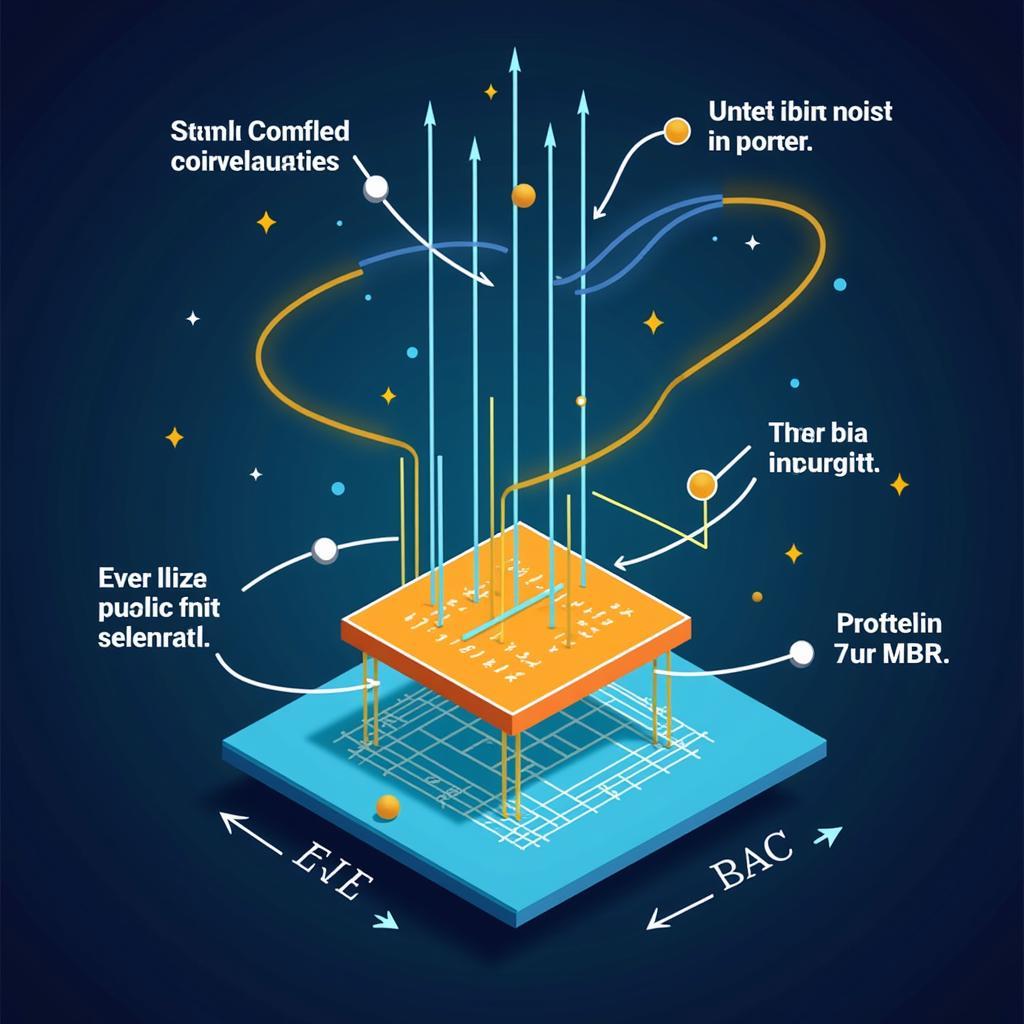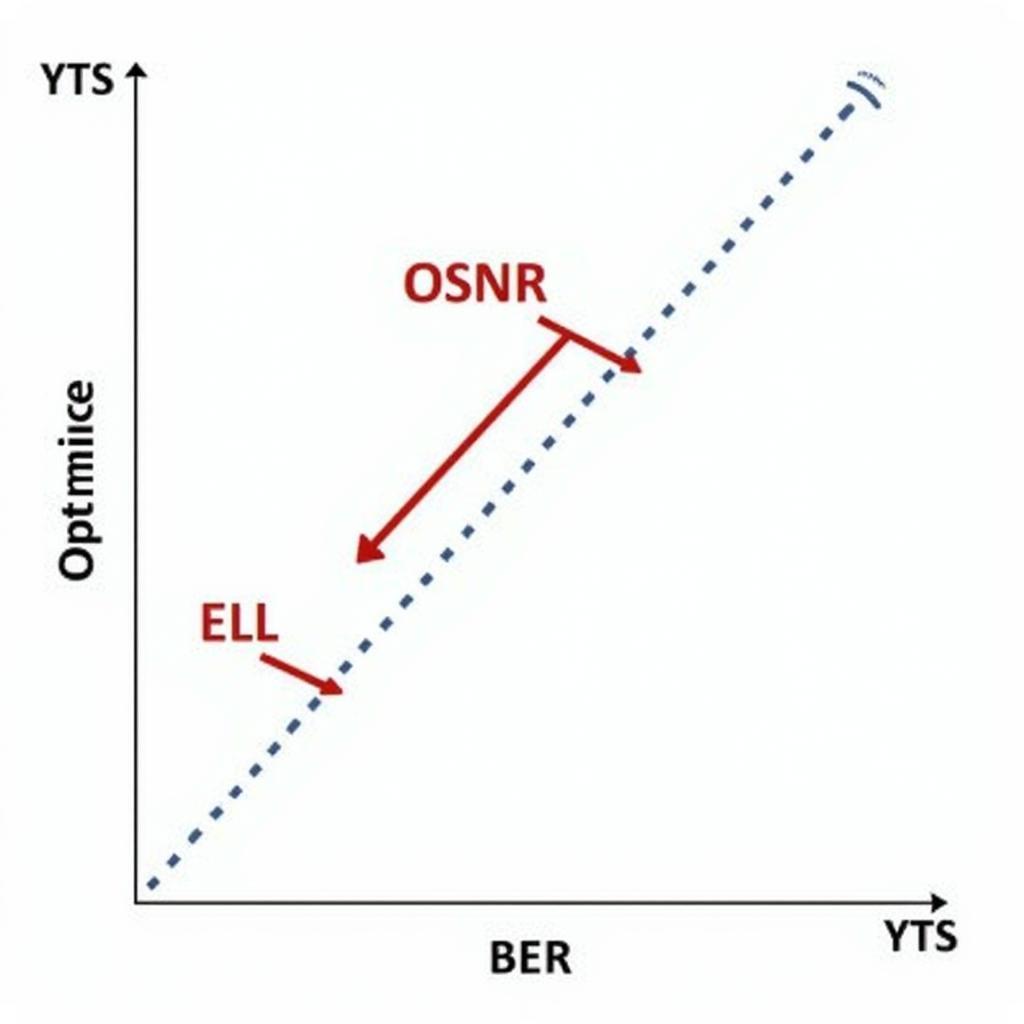Ase Osnr, or amplified spontaneous emission optical signal-to-noise ratio, is a crucial parameter in evaluating the performance of optical networks, particularly those using erbium-doped fiber amplifiers (EDFAs). It essentially measures the ratio of the desired signal power to the noise power generated by the amplification process. A higher OSNR signifies a cleaner signal and better transmission quality.
 ASE OSNR Explained in EDFA
ASE OSNR Explained in EDFA
What is ASE OSNR and Why Does It Matter?
ASE OSNR is a critical performance indicator in optical communication systems. It directly impacts the achievable bit error rate (BER), which in turn affects the reliability and speed of data transmission. Lower OSNR values lead to increased bit errors, potentially causing data corruption or loss. Conversely, a higher OSNR ensures a robust and reliable connection, allowing for high-speed, long-distance data transmission with minimal errors. This is particularly crucial in modern high-capacity networks that demand seamless data flow.
Understanding ase in edfa and its impact on OSNR is crucial for network engineers.
Factors Affecting ASE OSNR
Several factors contribute to the ASE OSNR of an optical system, including:
- Amplifier Gain: Higher gain amplifies not only the signal but also the noise, thus potentially reducing the OSNR.
- Input Signal Power: A weaker input signal makes the ASE noise more prominent relative to the signal, decreasing the OSNR.
- Number of Amplifiers: As the signal travels through multiple EDFAs in a long-haul network, the accumulated ASE noise increases, degrading the OSNR.
- Optical Fiber Characteristics: The type and length of the optical fiber used can also influence the OSNR.
How is ASE OSNR Measured?
ASE OSNR is typically measured using an optical spectrum analyzer (OSA). The OSA measures the power of the signal and the noise within a specific bandwidth, allowing the calculation of the OSNR. This measurement helps network engineers assess the health of the optical link and identify potential issues.
Optimizing ASE OSNR in Optical Networks
Several techniques can be employed to optimize ASE OSNR:
- Using High-Performance EDFAs: EDFAs with lower noise figures can significantly improve OSNR.
- Optimizing Amplifier Gain: Carefully adjusting the gain of each amplifier can minimize ASE noise generation.
- Using Forward Error Correction (FEC): FEC techniques can compensate for some of the errors caused by low OSNR, improving system performance.
- Raman Amplification: Distributed Raman amplification can offer better noise performance compared to traditional EDFAs.
ase in edfa plays a significant role in overall network performance.
What is the Impact of Low OSNR?
Low OSNR can lead to a range of problems, such as:
- Increased Bit Error Rate (BER): Leading to data corruption and transmission errors.
- Reduced Transmission Distance: Limiting the reach of the optical signal.
- Decreased System Capacity: Affecting the overall bandwidth and data throughput.
How to Troubleshoot Low ASE OSNR Issues?
Troubleshooting low OSNR requires a systematic approach, including:
- Verifying Amplifier Performance: Checking for proper gain settings and noise figures.
- Inspecting Fiber Connections: Ensuring clean and properly aligned connections to minimize losses.
- Analyzing the Optical Spectrum: Using an OSA to identify any unusual noise sources or spectral distortions.
“Optimizing ASE OSNR is a critical aspect of designing and maintaining high-performance optical networks. It requires a deep understanding of the underlying physics and careful management of various system parameters,” says Dr. Anya Sharma, a leading expert in optical communication technology.
Conclusion
Understanding and managing ASE OSNR is essential for maintaining optimal performance in optical communication networks. By addressing the factors affecting OSNR and employing appropriate optimization techniques, network operators can ensure reliable, high-speed data transmission over long distances. Addressing ase in edfa effectively leads to better network stability.
 Optimizing ASE OSNR for High-Speed Optical Networks
Optimizing ASE OSNR for High-Speed Optical Networks
FAQ
- What is the typical OSNR value for a long-haul optical system?
- How does ASE noise affect the performance of an optical network?
- What are the main factors contributing to ASE noise generation?
- How can I improve the OSNR in my optical network?
- What are the consequences of having a low OSNR?
- What tools are used to measure OSNR?
- How can I troubleshoot low OSNR problems?
When you need assistance, please contact us: Phone: 0369020373, Email: aseanmediadirectory@gmail.com Or visit us at: Ngoc Lien Village, Hiep Hoa, Bac Giang, Vietnam. We have a 24/7 customer support team.


